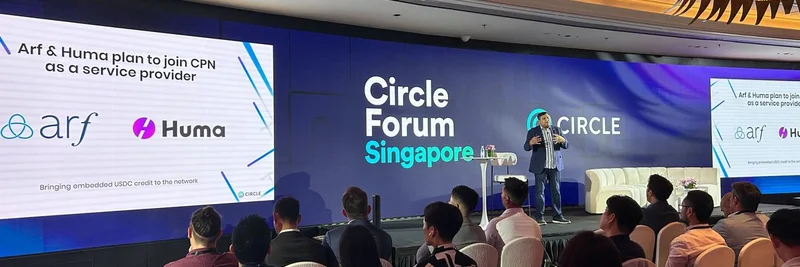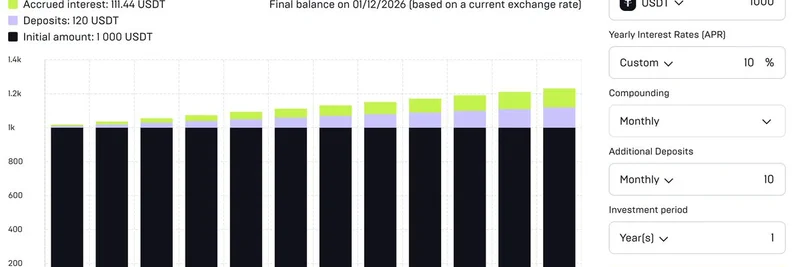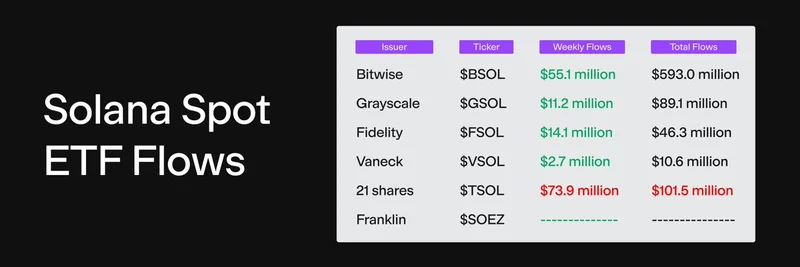In the fast-evolving world of blockchain and crypto, partnerships that bridge traditional finance with digital assets are game-changers. Recently, Jeremy Allaire, co-founder and CEO of Circle, highlighted an exciting development on X (formerly Twitter). Circle's Payments Network (CPN) is expanding its capabilities, welcoming Huma Finance and Arf as its first third-party service providers. This move introduces embedded credit solutions, making it easier for users to access liquidity without the usual hassles.
What Happened?
Huma Finance announced on X that they're teaming up with Arf to join the Circle Payments Network. As the first embedded credit solution for CPN participants, this integration allows for instant access to USDC-based credit lines. USDC is Circle's stablecoin, pegged to the US dollar, which means it's designed to hold a steady value unlike volatile cryptocurrencies.
Jeremy Allaire reposted this announcement, emphasizing CPN's extensibility. He noted that the network is built to let third-party developers and providers add new features. As a long-time partner of Circle, Huma Finance, along with Arf, is rolling out a credit-line product specifically for CPN members. This is a big step toward making payments faster and more efficient on a global scale.
The announcement ties into the Circle Forum in Singapore, where this partnership was likely discussed. PayFi, short for Payments Finance, combines seamless payments with financial services like credit, and StableFi refers to stablecoin-based finance. Together, they're pushing the boundaries of how money moves in the digital economy.
Why This Matters for Blockchain Practitioners
For those in the blockchain space—whether you're building dApps, trading tokens, or exploring DeFi—this partnership opens up new possibilities. Traditional cross-border payments often require prefunding, which ties up capital. Arf's liquidity platform, powered by stablecoins like USDC, eliminates that need by providing short-term, revolving credit lines. Huma Finance enhances this with its PayFi network, offering instant liquidity anywhere, anytime.
Imagine a meme token project needing quick funding for marketing or liquidity pools. With embedded USDC credit, teams could access funds directly through CPN without jumping through hoops at traditional banks. This could lower barriers for emerging projects, fostering more innovation in the meme token ecosystem and beyond.
Key Players Involved
Circle: Known for issuing USDC, one of the most trusted stablecoins, Circle is building infrastructure for the future of money. Their CPN is a network that enables fast, low-cost payments using blockchain tech.
Huma Finance: Focused on PayFi, Huma provides tools for accelerating global payments with on-demand liquidity. Check out their website for more details.
Arf: A global liquidity and settlement platform, Arf helps financial institutions with cross-border payments using digital assets. Visit Arf.one to learn how they're unlocking borderless finance.
This collaboration isn't just about credit—it's about creating a more interconnected blockchain world. As Jeremy Allaire put it, CPN's design allows for endless extensibility, inviting more innovators to build on top of it.
Looking Ahead
With Huma and Arf leading the way, expect more service providers to join CPN, potentially including features tailored to meme tokens, NFTs, or even AI-driven finance. This could mean better liquidity for viral projects, easier fiat on-ramps, and reduced volatility risks through stablecoin integrations.
Stay tuned to Meme Insider for more updates on how these developments impact the meme token landscape and broader blockchain tech. If you're a practitioner, consider exploring CPN for your next project—it might just give you the edge you need.



